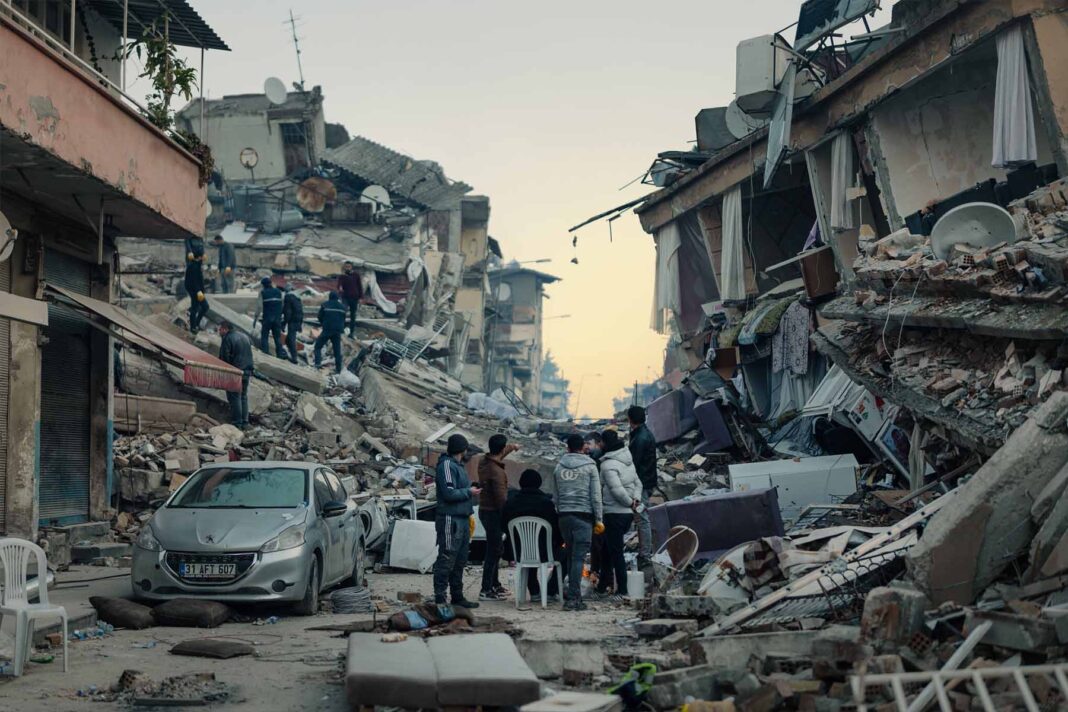Overview of Recent Earthquakes in 2003
In 2003, several notable earthquakes shook various regions around the world, causing widespread damage, loss of life, and economic disruption. These seismic events varied in magnitude, location, and impact, highlighting the unpredictability and devastation associated with earthquakes.
Bam, Iran Earthquake
One of the most devastating earthquakes of 2003 occurred in Bam, Iran, on December 26. With a magnitude of 6.6, the earthquake struck the historic city of Bam, causing extensive destruction and loss of life. Thousands of buildings, including historic landmarks and residential structures, were reduced to rubble, trapping thousands of people beneath the debris. The earthquake’s impact was exacerbated by poor building construction and lack of preparedness, resulting in significant casualties and a humanitarian crisis.
Colima, Mexico Earthquake
In January 2003, a series of earthquakes struck the region around Colima, Mexico, with the largest quake measuring 7.6 in magnitude. The earthquakes triggered landslides, damaged infrastructure, and disrupted communities in the affected areas. While Mexico is accustomed to seismic activity due to its location along the Pacific Ring of Fire, the 2003 earthquakes tested the resilience of local communities and emergency response systems, highlighting the ongoing risk of earthquakes in the region.
Hokkaido, Japan Earthquake
In September 2003, a powerful earthquake struck the northern island of Hokkaido, Japan, with a magnitude of 8.3. The earthquake triggered landslides, tsunamis, and widespread damage to infrastructure, including roads, bridges, and buildings. While Japan has stringent building codes and disaster preparedness measures in place, the scale and intensity of the earthquake tested the resilience of local communities and emergency response systems, underscoring the ongoing risk of seismic hazards in the region.
Ecuador-Colombia Earthquake
In March 2003, a series of earthquakes struck the border region between Ecuador and Colombia, causing significant damage and loss of life. The earthquakes, with magnitudes ranging from 6.0 to 6.9, affected remote and mountainous areas, hampering rescue and relief efforts. The earthquakes highlighted the challenges of responding to disasters in remote and inaccessible regions, where infrastructure and resources may be limited, and underscored the need for international cooperation in disaster response and recovery efforts.
Conclusion
The earthquakes of 2003 served as a sobering reminder of the ongoing threat of seismic activity and the importance of preparedness, mitigation, and response efforts. From the devastating earthquake in Bam, Iran, to seismic events in Mexico, Japan, and South America, the year’s earthquakes underscored the need for global cooperation and investment in disaster risk reduction to build more resilient communities and reduce the human and economic toll of earthquakes.











